Jesus In The Tabernacle – How Does The Old Testament Tabernacle Point To Jesus?
I. Virtual Tour Overview of Tabernacle
- 46 x 23 meters (150 feet X 75 feet)
- Outer Court and Inner Court
- Holy Place – 10 X 5 meters
- Holy of Holies – 5 X 5 meters
- Worshiper could not go any further than bringing sacrifice to altar. Only priests could go farther to laver. Now every believer is a priest and can approach God.
- Worth – Over 100 billion USD equivalent.
II. Each Piece In The Tabernacle Points To Jesus
A. The East gate / Outer gate
The tabernacle was situated from East to West. The tabernacle was in the very center of the camp with the 12 tribes camped around it. And every person’s tent was pitched facing the tabernacle. They did not live with their backs to God, but with their faces toward Him.
This highlighted the priority of God in the lives of the people. He was the focus of everything, having the center and most important position.
And all the tribes had equal access to Him. However, there was only one way for the people to go in, the East gate. This was 30 feet (10 meters) wide and made out of special linen.
There are not many ways to God. There is one way in. And it is provided by God. To come to Him, we must come His way.
John 10:9 – I am the door; if anyone enters through Me, he will be saved, and will go in and out and find pasture.
Jesus is the only way. Not Buddha, not Muhammad, not anything else.
B. The Brazen Altar
Exodus 27:1 – Build an altar of acacia wood, three cubits high; it is to be square, five cubits long and five cubits wide.
The bronze altar would be the first thing you would come to after entering the gate. It was raised up. The primary function of the altar was a place for burning animal sacrifices. For a sinful man to approach holy God, he to be cleansed through the blood of an innocent animal sacrifice. A person who had committed sin, even unknowingly, would bring a sin offering, an animal such as a sheep or goat, one without blemish. God was also merciful. If a person was too poor to afford bringing a sheep they could bring a pair of birds, and if they were too poor for this they could bring flour.
Leviticus 1:4 – “He is to lay his hand on the head of the burnt offering, and it will be accepted on his behalf to make atonement for him.”
The act of laying hands on the animal would show the person was identifying with the sacrifice and symbolically the sins would then be passed to the animal.
Blood atonement goes all the way back to the Garden of Eden, where God killed an animal in order to clothe them after they had sinned. Sacrifices were an ugly thing, highlighting the serious consequences of sin, and God’s justice. The point is that someone has to be punished for sin, you or a substitute.
The sacrifices show us God’s justice, but also God’s mercy. He made a way for sinful man to come to Him.
Although the blood of the sacrifices covered over the sins of the Israelites, they had to perform the sacrifices year after year, for they were not freed permanently of a guilty conscience. However, Jesus Christ, the Lamb of God, came as the ultimate and last sacrifice for mankind when He offered up His life. As Isaiah prophesied, the Christ would be like a lamb that is led to slaughter and pierced for our transgressions. His blood was sprinkled and poured out at the cross for us.
The altar points us to Christ’s final sacrifice –
The altar was made out of wood, just like the cross.
“For you know that … you were redeemed … with the precious blood of Christ, a lamb without blemish or defect.” (1 Peter 1:18-19)
“The blood of goats and bulls and the ashes of a heifer sprinkled on those who are ceremonially unclean sanctify them so that they are outwardly clean. How much more, then, will the blood of Christ, who through the eternal Spirit offered himself unblemished to God, cleanse our consciences from acts that lead to death, so that we may serve the living God!” (Hebrews 9:13-14)
This fire was first started by God. It was to be kept burning continually. In the same way, the forgiveness of God is always available to us through Jesus.
C. The Bronze Basin
Exodus 30:17-21 – The Lord said to Moses, “You shall also make a basin of bronze, with its stand of bronze, for washing. You shall put it between the tent of meeting and the altar, and you shall put water in it, with which Aaron and his sons shall wash their hands and their feet. When they go into the tent of meeting, or when they come near the altar to minister, to burn a food offering[a] to the Lord, they shall wash with water, so that they may not die. They shall wash their hands and their feet, so that they may not die. It shall be a statute forever to them, even to him and to his offspring throughout their generations.”
On the altar sacrifices were offered to cover over every person’s sins. But the priests still had to ceremonially wash at this basin. They had to do this every single time they entered the tabernacle under the penalty of death if they failed.
Approaching God was no casual thing. It was serious and treated as such.
Even though the sacrifices on the altar covered their sins, the basin reminded them that they still lived with the effects of sin. These needed to be regularly confessed before God and washed away.
Conversion happens once, but cleansing needs to happen again and again.
When we place our faith in Jesus, we are justified. Our position before God changes. That is shown by altar, which points to the cross.
And yet even after conversion, sin is not instantly eradicated from our lives. Our thoughts and actions are still tainted by sin. So we need to regularly come into God’s presence and ask forgiveness. Confession and consecration should be a regular part of our lives and worship.
Just as you need to wash everyday to remove the sweat and dirt from your physical body, so you need to confess sins daily to God. Forgiveness is both a one-time thing when you first come to Christ and a continual thing as you take each sin to God and repent.
1 John 1:9 – If we confess our sins, he is faithful and just to forgive us our sins and to cleanse us from all unrighteousness.
Are you washing regularly? The priests ceremonially did this every single time they entered the tabernacle. God is holy. And we should not approach Him dirty with sin. So we too should confess each time we enter His presence. How often are you confessing your sins? At the very least, confession should be daily. Why? Because we sin everyday! Because of Jesus, we can be washed.
D. The Golden Lampstand
Exodus 25:31-32, 37 – You shall make a lampstand of pure gold. The lampstand shall be made of hammered work: its base, its stem, its cups, its calyxes, and its flowers shall be of one piece with it. 32 And there shall be six branches going out of its sides, three branches of the lampstand out of one side of it and three branches of the lampstand out of the other side of it… You shall make seven lamps for it. And the lamps shall be set up so as to give light on the space in front of it.
Within the tabernacle there are only 4 pieces of furniture mentioned. It was actually very sparse. But each of these items had a very important function, both practical and symbolic.
Practical –
It was to give the priests light to conduct their work inside the tabernacle. Yet even the simplest and most practical of objects was to be ornately designed, beautiful, and make use of the very best materials that man possesses. This is a reminder that God deserves man’s absolute best in everything, even in seemingly small details.
Interestingly, the lamp was to be lit 24/7.
Leviticus 24:1-2 – Then the Lord spoke to Moses, saying, “Command the sons of Israel that they bring to you clear oil from beaten olives for the light, to make a lamp burn continually.
If the lamp was only to serve a practical use, that command does not make sense. The priests would not be working in the middle of the night. It also has a symbolic meaning.
Symbolic –
God provided light to His people. Because of His presence with them, they need not live in darkness. If they would obey and serve Him, He would dwell with them and His light would never cease to shine the way.
Jesus is the ultimate fulfillment of this. He is “God with us.” Israel had been dwelling in darkness without God’s presence, without God’s prophets, and without the temple. And then Jesus came, bringing the light once again.
He said, “Again Jesus spoke to them, saying, “I am the light of the world. Whoever follows me will not walk in darkness, but will have the light of life.”
Jesus is the light that will always be with us and will never go out. As that lamp lit the way to God’s presence, Jesus lights the way to God.
E. Table for Showbread
Exodus 25:23-24, 30 – You shall make a table of acacia wood. Two cubits shall be its length, a cubit its breadth, and a cubit and a half its height. 24 You shall overlay it with pure gold and make a molding of gold around it… And you shall set the bread of the Presence on the table before me regularly.
Leviticus 24:5-9 – “You shall take fine flour and bake twelve loaves from it; two tenths of an ephah shall be in each loaf. Every Sabbath day Aaron shall arrange it before the Lord regularly; it is from the people of Israel as a covenant forever. And it shall be for Aaron and his sons, and they shall eat it in a holy place, since it is for him a most holy portion out of the Lord’s food offerings, a perpetual due.”
On the right side of the tabernacle was placed a gold plated table. On this table were put out 12 loaves of bread, one for each tribe of Israel.
These loaves were displayed on the table and then eaten by the priests before the Lord, ie: in His presence.
These loaves of bread showed God’s continuous provision for His people. He sustained them and took care of them, as long as they obeyed and followed Him.
The bread is a foreshadow of Christ. Jesus is the bread which came out of heaven (John 6). Jesus provides physical sustenance, but more important satisfies our spiritual hunger. If we come to Him, He will fill us from the inside out. At that time the priests ate it on behalf of the people as one of their representatives, but from the time of Jesus everyone can come to Him and eat the bread He offers on their own.
John 6:33-35 – For the bread of God is he who comes down from heaven and gives life to the world.” They said to him, “Sir, give us this bread always.” Jesus said to them, “I am the bread of life; whoever comes to me shall not hunger, and whoever believes in me shall never thirst.
Jesus is the Bread of Life. He provides for us. He sustains us. He fills us. No other food, nothing of this world, can satisfy our spiritual hunger and need for God. Only Jesus.
F. The Altar of Incense
Exodus 30:1–2, 6-8 – “You shall make an altar on which to burn incense; you shall make it of acacia wood. A cubit shall be its length, and a cubit its breadth. It shall be square, and two cubits shall be its height. Its horns shall be of one piece with it…And you shall put it in front of the veil that is above the ark of the testimony, in front of the mercy seat that is above the testimony, where I will meet with you. And Aaron shall burn fragrant incense on it. Every morning when he dresses the lamps he shall burn it, and when Aaron sets up the lamps at twilight, he shall burn it, a regular incense offering before the Lord throughout your generations.
The altar of incense sat directly in front of the curtain that separated the Holy Place from the Holy of Holies. This altar was smaller than the brazen altar. It was a square with each side measuring 1.5 feet (1/2 meter and was 3 feet (1 meter) high. It was made of acacia wood and overlaid with pure gold. Four horns protruded from the four corners of the altar.
God commanded the priests to burn incense on the golden altar every morning and evening, the same time that the daily burnt offerings were made. The incense was to be left burning continually throughout the day and night as a pleasing aroma to the Lord. It was made of an equal part of four precious spices (stacte, onycha, galbanum and frankincense) and was considered holy. God commanded the Israelites not to use the same formula outside the tabernacle to make perfume for their own consumption(Exodus 30:34-38).
No strange incense was to be offered on the alter. He prescribed the exact ingredients which were to be used. As God is the Designer of this world, He is also the Designer of true religion. From the beginning of the world, man has tried to worship God in his own way. Man-made religion was started by Cain, who offered his own things to God, but things which God rejected.
Application: You cannot come to God your own way. He prescribes the acceptable way to approach Him, pray to Him, worship Him. And He rejects other forms. Worship God in the way that He wants to be worshiped.
The incense was a symbol of the prayers and intercession of the people going up to God as a sweet fragrance. God wanted His dwelling to be a place where people could approach Him and pray to Him.
The picture of prayers wafting up to heaven like incense is captured in David’s psalm and also in John’s vision in Revelations:
“May my prayer be set before you like incense; may the lifting up of my hands be like the evening sacrifice.” (Psalm 141:2)
“Another angel, who had a golden censer, came and stood at the altar. He was given much incense to offer, with the prayers of all the saints, on the golden altar before the throne. The smoke of the incense, together with the prayers of the saints, went up before God from the angel’s hand.” (Revelations 8:3-4)
The golden altar also points us to Christ. He is our intercessor before God the Father. During His days on earth, Jesus prayed for the believers. He was like the high priest of the tabernacle, who bore the names of each of the Israelite tribes on his breastplate before God. Just before He was betrayed and sentenced to death, Jesus interceded for His disciples and all believers, asking God to guard them from evil and sanctify them by His Word, and that they may see God’s glory and be a witness to the world (John 17:1-26).
Today, Jesus still is our high priest at the Father’s side, interceding for God’s people:
Romans 8:34 – Christ Jesus, who died — more than that, who was raised to life — is at the right hand of God and is also interceding for us.
When we approach the throne of the Father, we fall short. Our prayers fall short. They are sometimes weak and shallow. But Jesus is our intercessor. He takes these prayers and fixes them, then bringing them to the Father.
G. The Veil
Exodus 26:33 – And you shall hang the veil from the clasps, and bring the ark of the testimony in there within the veil. And the veil shall separate for you the Holy Place from the Most Holy.
The veil served as a physical separation keeping the people out of the Holy of Holies. The Holy of Holies is where God’s Shekinah glory descended. It held the Ark of the Covenant, which represented God’s presence with His people.
Isaiah 59:2 – But your iniquities have made a separation between you and your God, and your sins have hidden his face from you so that he does not hear.
The veil was an ever present reminder of the sinfulness of man and the holiness of God. The priests could follow all of what was prescribed in God’s law: offering sacrifices, consecrating themselves, putting out the bread, lighting the lamp, offering incense to Him. And yet, they still were not worthy to enter. Their sins, which were still present, were only covered. They were not dealt with finally.
Only once per year, the high priest was allowed in on the day of atonement. He served as a mediator between the people and God, coming for the atonement of sins. Access to God was limited and restrictive.
This reminds us that by our own efforts it is impossible to come to God. What do you think would happen to someone who tried to sneak into the Holy of Holies on their own? Perhaps digging a hole under the side of the tent in the back? I think they would have been struck down dead. There is only one way to God, His way. Sinful man, is locked out.
What does that mean for us? Do you ever feel like you are not good enough to come to God’s presence? Do you ever feel ashamed? Guilty? Do you ever feel that nothing you can do can make you worthy?
All of that is true. You can never be worthy. You can never be good enough. You can never come to God on your own. No set of rules will bring you to God. Religious piety will not bring you to God. If you try to come on your own you will run into the veil, a barrier that you cannot break through.
What hope do we have? I believe you know the answer.
Mark 15:37-38 – And Jesus uttered a loud cry and breathed his last. And the curtain of the temple was torn in two, from top to bottom.
When Jesus sacrifice was completed the veil was torn in two. It happened instantly at His death. And it was supernatural, from top to bottom. The lesson for us is clear and simple. Jesus made the way for us to come to God. Jesus broke down the barrier. Jesus reconciles us to God. Jesus first takes our sin, our guilt, our shame, our unworthiness and strips it away. He then clothes us with His righteousness. And finally, He brings us into the Holy of Holies.
H. The Holy of Holies
Hebrews 10:19-22 – Therefore, brothers, since we have confidence to enter the holy places by the blood of Jesus, by the new and living way that he opened for us through the curtain, that is, through his flesh, and since we have a great priest over the house of God, let us draw near with a true heart in full assurance of faith, with our hearts sprinkled clean from an evil conscience and our bodies washed with pure water.
Who would dare to enter into the holy place on their own? Who would dare to approach God in all of His holiness? And yet we can.
At the beginning of this message, I shared the 3D look of the tabernacle (see video at top of page). And we virtually went into the Holy of Holies, a place where no common person could enter. Did you feel a little hesitant? Did you feel unworthy to enter there?
You don’t need to feel like that. We can enter with confidence. And not just the virtual one, not just the Old Testament tabernacle. But the heavenly throne room of God, of which the tabernacle is just a shadow.
We can enter there because of the blood of Jesus. He opened a way through the veil. Truly He is great priest. The Old Testament high priests offered the blood of animals to go in and symbolically bring the people of God. Jesus offered His own blood.
Notice His blood cleanses the heart and the conscience. You don’t have to hesitate. You don’t have to feel guilty. You can enter with confidence.
What can we say but “Praise God!” I hope that this gives you a fresh look at just what Christ’s death means for you.
III. Lessons for us From the Tabernacle
A. The Tabernacle Shows God’s Presence With His People
God wanted to dwell with His people. He wanted to have a relationship with them. God is not a distant God. He is not aloof. He wants to be with us. And just as the tabernacle was at the center of the camp, He wants to be the center of lives. That is the place He deserves. Our lives should be spent facing Him, living in His presence everyday.
B. The Tabernacle Shows God’s Justice and Mercy
It reminds us that sin must be punished. God is a holy God. At the same time, He always makes a way to Him. The Ark of the Covenant itself had a mercy seat on it. In God’s holiness, He did not reject people. Rather He shows us the way back to Him.
C. The Tabernacle Points to Jesus
As I studied the tabernacle, I was amazed that God designed it so that every single thing points to Jesus. Jesus does it all. He is the answer to the problem of sin. He fulfills all of the roles of the things in the tabernacle and more.
If you start outside the tabernacle and approach God, you will meet Jesus every step of the way. Everything is focused on Him.
The gate is Jesus. He is the only way. We must admit there is no path of salvation. The altar is Jesus. His sacrifice alone makes us justified before God. We must place our faith in Him alone. The laver is Jesus. Only through Him can we be cleansed of our sins and receive forgiveness. We should come daily to Him to confess. The lamp stand is Jesus. He is the light of the world and He lights the way to God. We should be led by His light, walk in the light, and shine that light to others. The table of showbread is Jesus. He is the bread of life and satisfies all spiritual hunger while also providing for us physically. We should come to Him to be filled and not to the world The altar of incense is Jesus. He is our intercessor, bringing our prayers and petitions to the Father.
The high priest is Jesus, mediating between us and God. The blood of atonement is Jesus’ own blood.
And the veil is ripped in two, by Jesus.
What should we say to this? I say “Thank you, Jesus.” How should we respond? We should say, “I love you, Jesus.” What decision should we make? We should say, “I will live for you, Jesus.”
Conclusion:
It has been awesome to see how the Old Testament tabernacle points to Jesus. But where is the tabernacle today?
You are the tabernacle. I am not just saying that. The Bible says that.
1 Corinthians 3:16 – Do you not know that you yourselves are God’s temple, and that God’s Spirit dwells in you?
Isn’t that amazing? Because of Jesus’ work on the cross, not only can you come near to God, but He comes near to you, and dwells in you. Before He chose to dwell in the tabernacle and then the temple. Now He chooses to dwell in your heart. If you have come to Him, the Holy Spirit lives in you. And Jesus said it was better for Him to go so that the Holy Spirit could come, taking residence in the hearts of believers. His glory shines through you. He leads you. He reconciles people to Himself through you.
We are to be a holy place for Him to dwell and in turn lead others to Him.
Questions For Reflection – The Tabernacle (Exodus 26-30)
– Which item in the tabernacle was most impactful to you and why?
– What does the design of the tabernacle show us about God’s character?
– How has the study of the tabernacle increased your understanding of or appreciation of Jesus?
– How does it comfort you to know that you are a temple of the Holy Spirit? How does it challenge you?
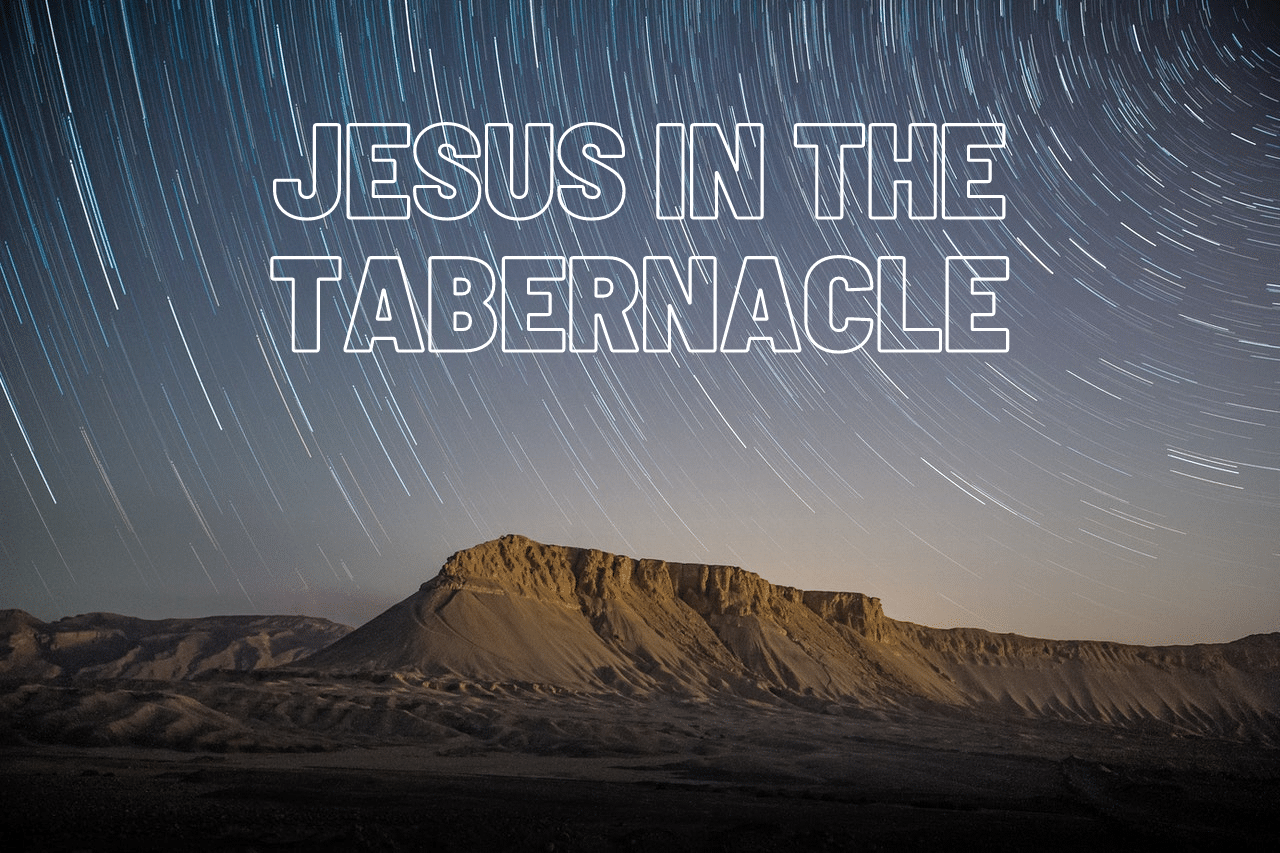



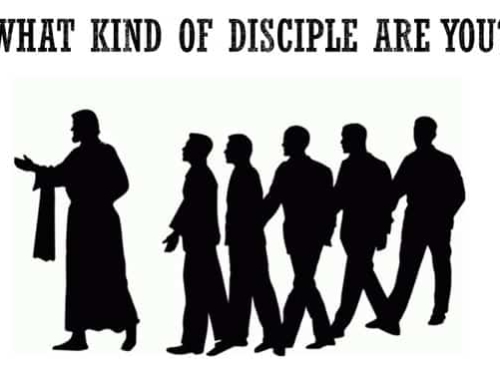
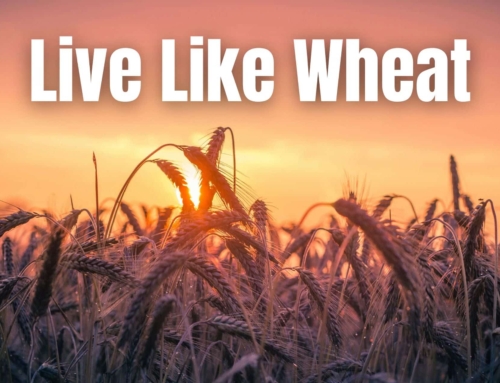
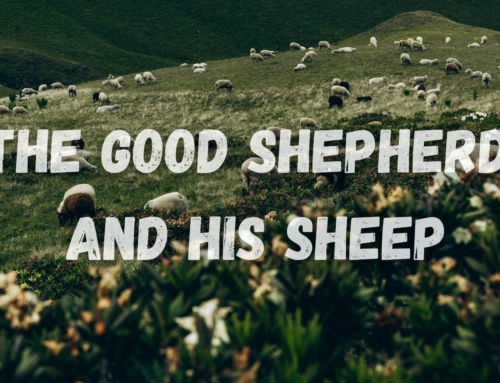
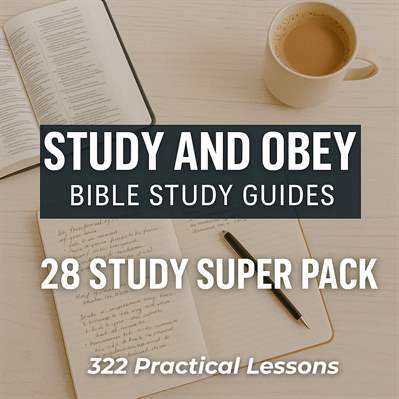

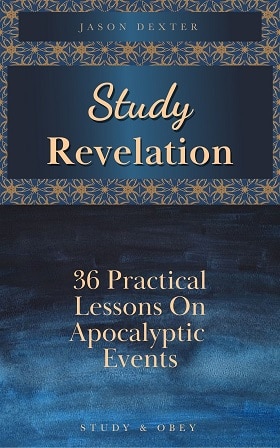
There is no physical tabernacle in the earth right now, that tabernacle since Jesus death is as you say in our hearts.
But just like the tabernacle that the earthly one was constructed after, the true tabernacle in heaven, that tabernacle also exists today. The holy of Holies is where Gods throne is right now.
The study was so impactful in the sense that it gave me a holistic view of what Christ did for me on the Cross.
I will eternally live to praise Him.
Thank You Jesus.
Thank you also for a great insight.
Thank you! Thank you! you helped me understand a lot of things.
I have taken some notes. This is a insightful teaching. now I am ready to watch the video. May God bless you.
Amazing teaching! I come into agreement with everything said!
Especially regarding the tabernacle pointing to Yeshua HaMashiach!
May HiS light shine in our souls so we may be HiS light for others 🙏🏼Amen